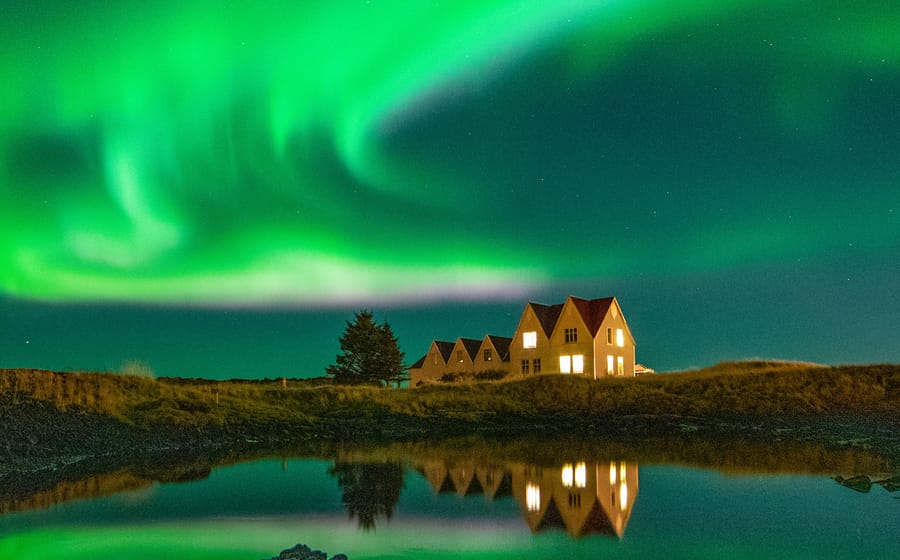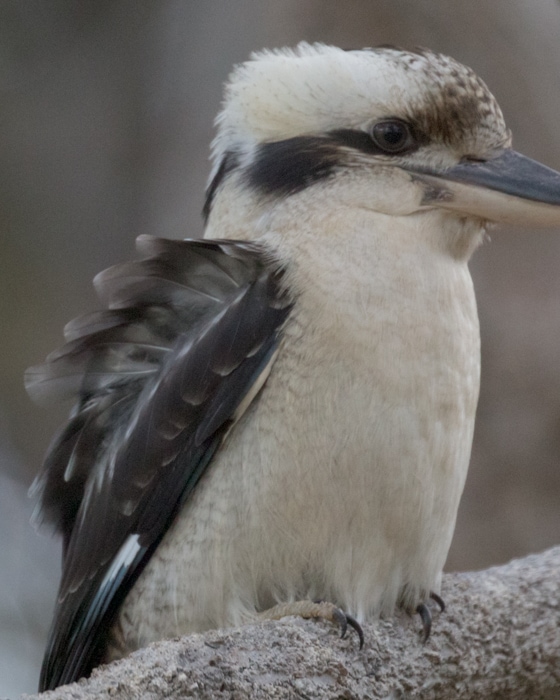

- #Topaz denoise ai plugin photoshop mac os#
- #Topaz denoise ai plugin photoshop 64 Bit#
- #Topaz denoise ai plugin photoshop manual#
- #Topaz denoise ai plugin photoshop iso#
Shockingly, ON1 exported the file in a mere 7 seconds, easily topping the export time of Topaz! At 52.3mb the exported ON1 DNG ON1 file size was also considerably smaller, less than half the size of the Topaz file. For this test, I let the AI take control and exported to a DNG file.
#Topaz denoise ai plugin photoshop manual#
The ON1 NoNoise interface offers fewer standard options and no preset options, simply an “Auto On” slider to engage the AI or turn it off for those who prefer to fine tune the adjustments via the manual sliders. On my system, it appeared as though the progress bar at the bottom showing the import status gets frozen around halfway for quite some time, then… BAM! The file immediately opens up and previews with noise reduction applied. Moving on to ON1 NoNoise AI (version 2021, 16.7) the file was imported in 1 minute and 46 seconds, quite a bit slower than Topaz. The processor is a 3GHz Intel Core i7 (and yes, have gotten my money’s worth of usage out of this computer and yes, I desperately want to upgrade!)
#Topaz denoise ai plugin photoshop mac os#
This test was run on a MacBook Pro (mid-2014) running Mac OS Mojave (version 10.14.6) with 8gb of RAM. ORF Olympus file was 17.3mb and the new, noiseless DNG file bloated to 124.8mb.įor the tech crowd, I have an older, slower computer so your mileage may vary in terms of export speeds.

It took DeNoise 2 minutes and 10 seconds for the export. And while there were just subtle differences between the presets, the Low Light option looked the best on this image so that was the selection I chose and exported as a DNG (the other presets appeared to introduce some artifacts and odd halo around parts of the image such as the door hinge and the narrow weeds). It took DeNoise 39 seconds to import the photo and load a preview of one noise reduction setting. Now, to be truthful, while you can make adjustments yourself I typically leave the “Auto” slider on and let the Artificial Intelligence (the AI in the name) do the heavy lifting. Topaz DeNoise (version 3.1.2 was used) offers four settings to start with - Standard, Clear, Low Light and Severe Noise. This outhouse image was chosen both for the comedic value, but also to see how the two programs would fare with reducing the noise in the dark night sky, the reds and blues and maintaining the texture of the wood.
#Topaz denoise ai plugin photoshop iso#
This photo was shot at ISO 1600 with a 20-second exposure at F4. I shoot in Raw, and for these tests we will start with zero edits made as I prefer to do the noise reduction as the very first step. This camera is wonderful in nice light, but when it comes to astrophotography and other extremely low light situations I often wish I had a Canon, Sony or Nikon body which tends to perform better at similar or higher ISO levels.īut, an Olympus image will make a perfect test subject, and for this test I’m using one I shot at Keys Ranch in Joshua Tree National Park. Now, I shoot with Olympus cameras and their small 4/3 sensor are notorious for noise at high ISO settings. Let’s see how it compares to the champion, shall we? And for the past couple of years, the (arguably) gold standard for noise reduction has been Topaz DeNoise AI.īut, in early July, ON1 launched a new program called NoNoise AI designed to tackle high-ISO photos with claims of greater noise reduction and faster speeds. While Lightroom, ON1 Photo RAW, Capture One and other post-processing programs typically offer some noise reduction sliders built in, they rarely are as effective as using a stand-alone, dedicated program. Personally, I would rather push it and have a high-ISO, grainy photograph than miss a good photo opportunity! Others, however, gravitate to a smoother look similar to if the photo was shot at a lower ISO.īut, as good as modern cameras are at reducing the noise levels, it still creeps in at those times when we are forced to use an ISO of 3200, 6400, or higher. It should then show up under the Filters menu in the Elements 2020 Editor.Noise in a photograph is a very subjective issue… Some photographers welcome it, preferring a grainy look reminiscent of high speed films. The Sharpen plug-in is named: tltopazsharpenaips_圆4.8bf so I'm guessing that you are looking for a file called tltopazdenoiseaips_圆4.8bfĬopy this plug-in file to the following directory: C:\Program Files\Adobe\Photoshop Elements 2020\Required\Plug-Ins\ The denoise plug-in must also have 圆4 in the name. Make sure you choose t he folder with 圆4 in the name. It will probably be in a location similar to the following:Ĭ:\Program Files\Topaz Labs LLC\Topaz Denoise AI\PS_Plugins_圆4\ So, look for the Denoise plug-in file which should have a file extension of.
#Topaz denoise ai plugin photoshop 64 Bit#
The Topaz installer creates a plug-in for both 32 and 64 bit operating systems and I think it sometimes gets confused as to which file should be installed in Elements. I don't have Topaz Denoise, but I do have Adjust AI and Sharpen AI which both work in Elements 2021.


 0 kommentar(er)
0 kommentar(er)
